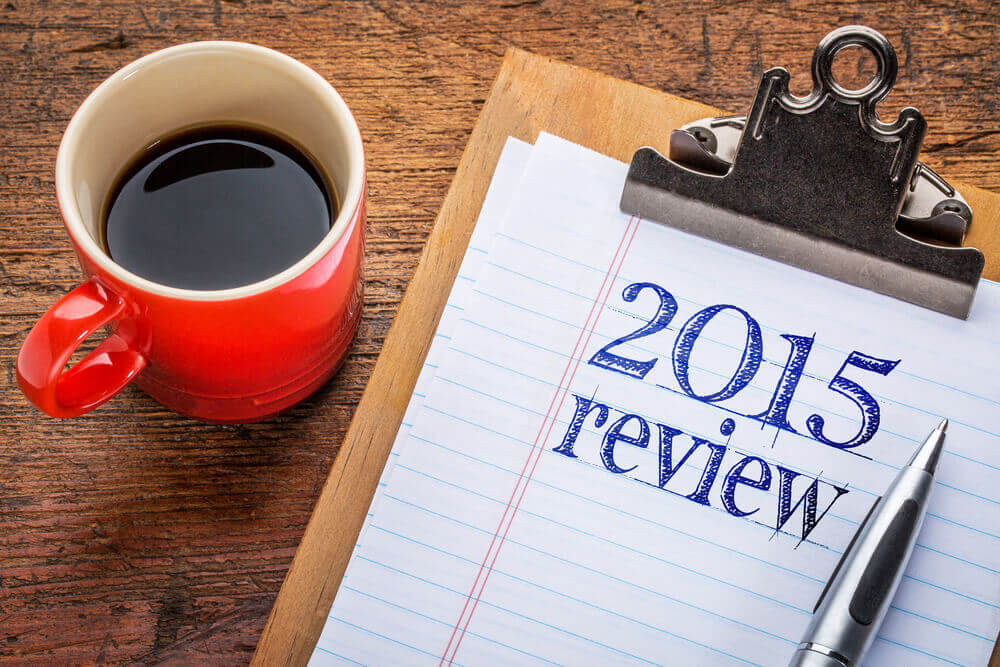Most every facet of human life has tasted the fruits of speech recognition advancements in 2015. From consumer sales to the medical record keeping, conversational and technical conversations are being translated from speech to text with decreasing error rates. Our 2015 speech recognition review will not only cover some of the milestones made this year but how the next steps will help bridge the gap of human interaction with computerized systems.
Error Rates
Utilization of this technology by the masses hinges on the reduction of error rates. Progress continues to march steadily forward to that four percent error rate that people have with each other in their normal conversations. A large leap forward towards this benchmark has been accomplished by IBM’s Watson. This artificially intelligent computer system used publicly available data to slash their error rate down to 8%. The day is fast approaching that conversations between people and at meetings will be recorded to text at a clip with less error rate than most humans do on a daily basis.
Mobile Devices
Access to over one billion requests a day imparts any company both the data and myriad of inflections to drastically improve voice recognition. Apple purchased the wildly popular startup company Siri back in 2010. Since then, it has been a staple for Apple in their operating systems in their cell phone line. Couple that with the hiring of numerous speech recognition experts and now Apple has reduced their error rate to 5 percent. This word rate error lowers the benchmarks set by both IBM Watson and Google’s speech recognition programs. With such a data stream at their disposal, continued improvement is to be seen with Apple at the forefront of developments going into 2016.
A More Level Playing Field for the Disabled
An increase in independence and self worth can be seen with disabled individuals through speech recognition during 2015. Those with limited hand dexterity or the visually impaired have witnessed increased job opportunities not only due to a reduction in error rate but an increase in words per minute. With rates nearing 160 words per minute, the gulf between what the mind thinks and how a person can transmit it into written form is reduced. The deaf are also taking advantage of this as cochlear implants in tandem with speech recognition are making every day situations even more manageable. Improvements when the environment features multiple talkers sees benefits in both professional and social arenas among those suffering from hearing problems.
Inroads With Business
An unbiased appraisal of whether speech recognition is improving is the dollars and cents approach in business. If it improves the bottom line then more companies will implement it in their operations. People on the go are increasing their reliance on virtual assistants like Cortana to increase efficiency. Warehouses and companies with smaller budgets are increasing their dependence on speech recognition to leave smaller footprints or steps in the system to get the product out of the door. Not only private hospitals but even emergency rooms are increasing their utilization of speech recognition for record keeping. The ability to handle complex nomenclature among a myriad of accents and speech inflections bolsters the text to speech applications in all of the medical industry.
From the new to the improved, speech recognition is proving its worth in every facet of human interaction. The augmentation of the human brain with artificial intelligence is not a fad but an inevitability that demands the consistent evolution of speech recognition. 2015 was a grand year for innovation and improvement in this field. Brace yourselves because 2016 promises even larger leaps forward in speech recognition.

